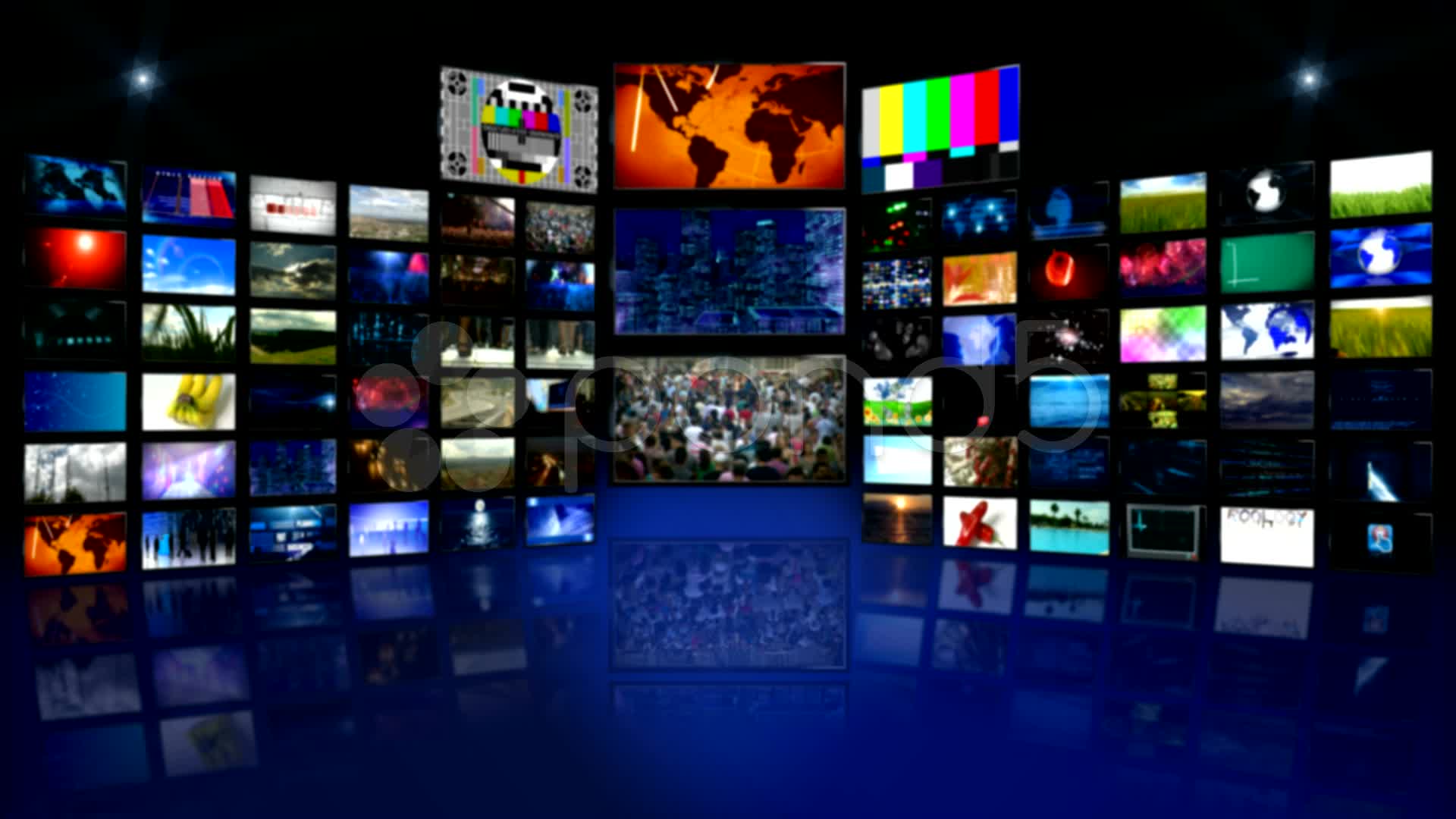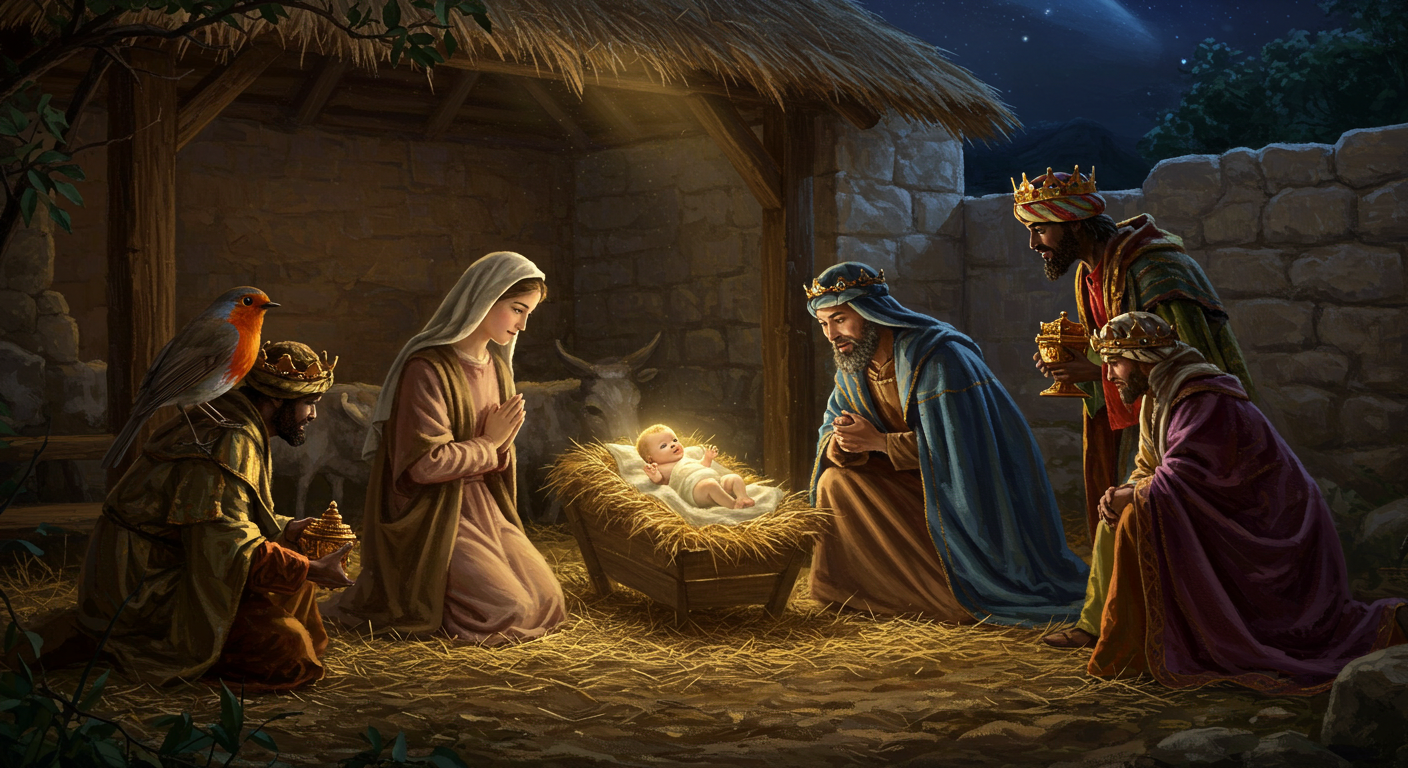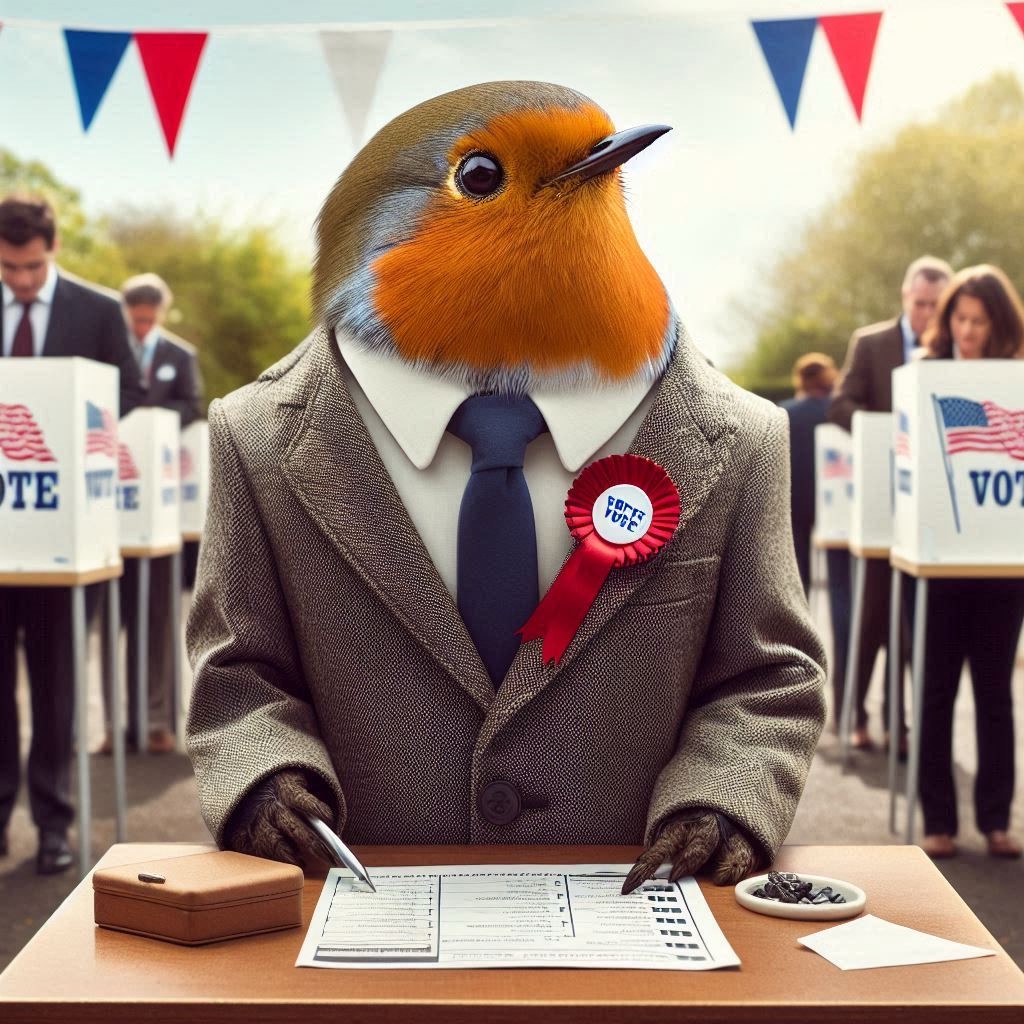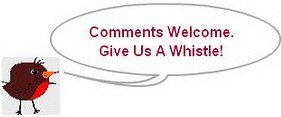In 2017, as the world was preparing for a solar eclipse, we warned you about scammers who were peddling fake eclipse glasses – supposedly allowing you to view the event without harming your eyes.
Well, guess what? With a total solar eclipse just days away, on April 8, the scammers are at it again. This week Pennsylvania Attorney General Michelle Henry alerted consumers to beware of scammers selling glasses that can put their eyes at risk.
“Do your research to make sure the glasses you buy will thoroughly protect your eyes and allow you to safely view the solar eclipse,” she said in a statement.
The American Astronomical Society has provided this list of reputable vendors.
How do you tell if glasses or viewers are the real thing? According to NASA, the glasses and viewers should have certification information with a designated ISO 12312-2 international standard. They should also have the manufacturer’s name and address printed somewhere on the product.
If they don't have this information, chances are they are counterfeit. You can expect to see these counterfeit products show up in internet ads and in spam emails.
NASA says even certified products should not be used if they are more than three years old or have scratched or wrinkled lenses. That means the glasses you used to view the 2017 eclipse should be tossed. Homemade filters and ordinary sunglasses should not be used to view a solar eclipse.
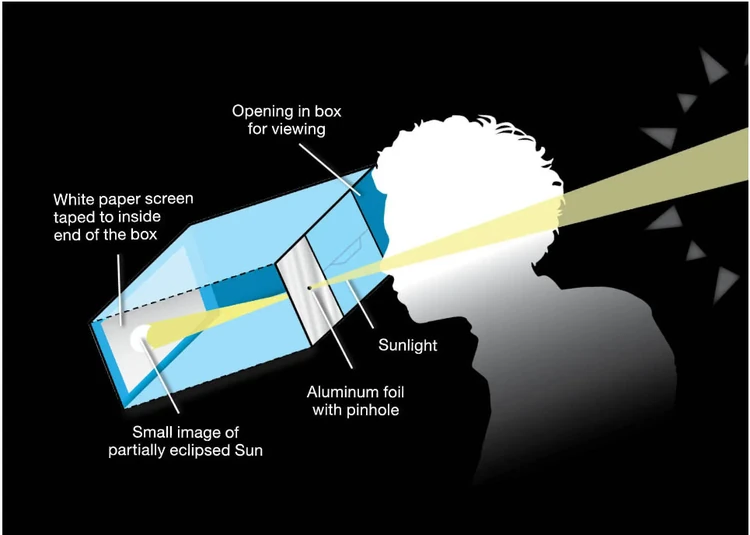
How to safely watch
NASA has some advice for people who want to view the celestial event. You can make your own eclipse projector using a cardboard box, a white sheet of paper, tape, scissors, and aluminum foil. With the Sun behind you, sunlight will stream through a pinhole punched into aluminum foil taped over a hole in one side of the box.
During the partial phases of a solar eclipse, this will project a crescent Sun onto a white sheet of paper taped to the inside of the box. Look into the box through another hole cut into the box to see the projected image.
NASA cautions that, except during the brief total phase of a total solar eclipse, when the moon completely blocks the sun, it is not safe to look directly at the sun without specialized eye protection for solar viewing.
Viewing any part of the bright sun through a camera lens, binoculars, or a telescope without a special-purpose solar filter secured over the front of the optics will instantly cause severe eye injury.
NASA offers these safety tips:
View the Sun through eclipse glasses or a handheld solar viewer during the partial eclipse phases before and after totality.
You can view the eclipse directly without proper eye protection only when the Moon completely obscures the Sun’s bright face – during the brief and spectacular period known as totality. (You’ll know it’s safe when you can no longer see any part of the Sun through eclipse glasses or a solar viewer.)
As soon as you see even a little bit of the bright Sun reappear after totality, immediately put your eclipse glasses back on or use a handheld solar viewer to look at the Sun.
NASA will also broadcast the event live on NASA-TV and will stream it on NASA’s website.
Photo Credit: Consumer Affairs News Department Images
Posted: 2024-04-02 11:23:21
